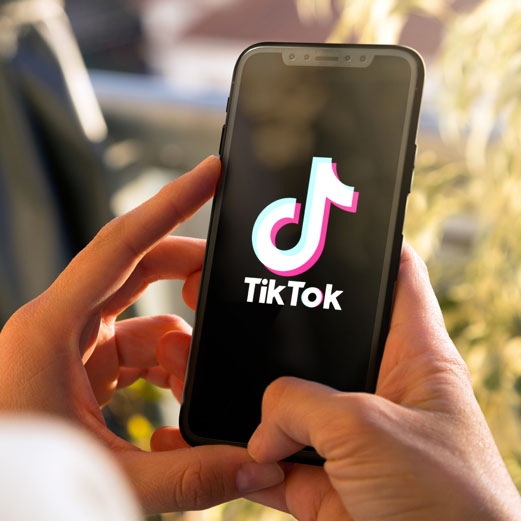TikTok has moved well beyond dance trends for teenagers. In the United States, over 135 million people use TikTok each month (mostly Gen Z-ers and younger Millennials).
That’s a lot of people spending real time on the app – scrolling, laughing, posting, learning, and discovering new ideas through TikTok’s short videos every day.
If you want to reach people under 35 – whether you’re work in government, public service, or community-focused organization – TikTok matters. Not as a ‘maybe someday’ channel, but a ‘must consider’.
Here’s how you can use TikTok effectively and responsibly (yes, even with the federal government device ban).
Why TikTok is worth your time
Younger people use TikTok to find out what’s happening around them. They watch quick explainers, keep up with local news, discover events, follow causes, and form opinions.
Your content doesn’t have to be polished. In fact, it shouldn’t be. The more real it feels, the better it performs. If you’re trying to reach people who skip TV news, don’t read long emails, and aren’t on Facebook every morning, TikTok is where you’ll find them.
Short videos filmed on your cell phone often connect better than anything scripted. TikTok is a great space for real storytelling, and it rewards humor, creativity, and relatability.
4 ways to use TikTok well in the public sector
- Be authentic: let real people and their stories guide your content.
- Have a strategy: know your purpose before you post.
- Use secure workflows: manage official accounts on approved devices.
- Protect privacy: be mindful of filming locations, avoid showing minors or personal details, and moderate comments carefully.
US organizations using TikTok well
- Amtrak: shares tongue-in-cheek clips about train services and ‘passenger stories’. It shows the people and humor behind the brand, highlighting it’s not just about trains.
- New York Public Library: posts book recommendations, tips on using library services, author highlights, and fun features like the ‘book train’. The comments feel like conversations, not announcements.
- City of Seattle: introduces staff, highlights community services, and shows what’s happening around the city in a relatable way.
- City of Miami: from city events and extreme weather preparedness to rescue operation updates, their content feels clear and conversational.
The takeaway? None of these accounts feel ‘official’, but like people talking to people.
But what about the TikTok government device ban?
Let’s answer one of the biggest questions.
Yes, TikTok is banned on federal government-issued devices under the No TikTok on Government Devices Act (December 2022). Many states have similar policies.
But this rule doesn’t ban all public sector use.
Public sector organizations can (and do) use TikTok responsibly by:
- Managing official accounts on approved or standalone devices
- Keeping boundaries between personal and work accounts
- Applying clear review and moderation processes
It’s not about avoiding TikTok but using it with good governance.
The TikTok sale conversation
You’ve probably seen headlines about ByteDance being required to sell TikTok’s US operations.
The main concern is data security and Chinese ownership, not shutting down the platform overnight.
It’s an evolving situation, but any significant changes would take time to implement. The best approach right now is to:
- Stay informed
- Be flexible
- Keep engaging – don’t pause your strategy waiting for a ‘what if’
Your TikTok audience is still there and still scrolling.
Ensure TikTok compliance
TikTok remains a powerful platform for reaching younger Americans. The device ban means smarter governance, not disengagement, and part of that is compliant recordkeeping. Yes, Brolly offers TikTok records archiving. So, you can focus on the creative storytelling, and we’ll ensure you meet your recordkeeping obligations.
 Schools and colleges
Schools and colleges
 Banking and financial services
Banking and financial services
 Health providers
Health providers




